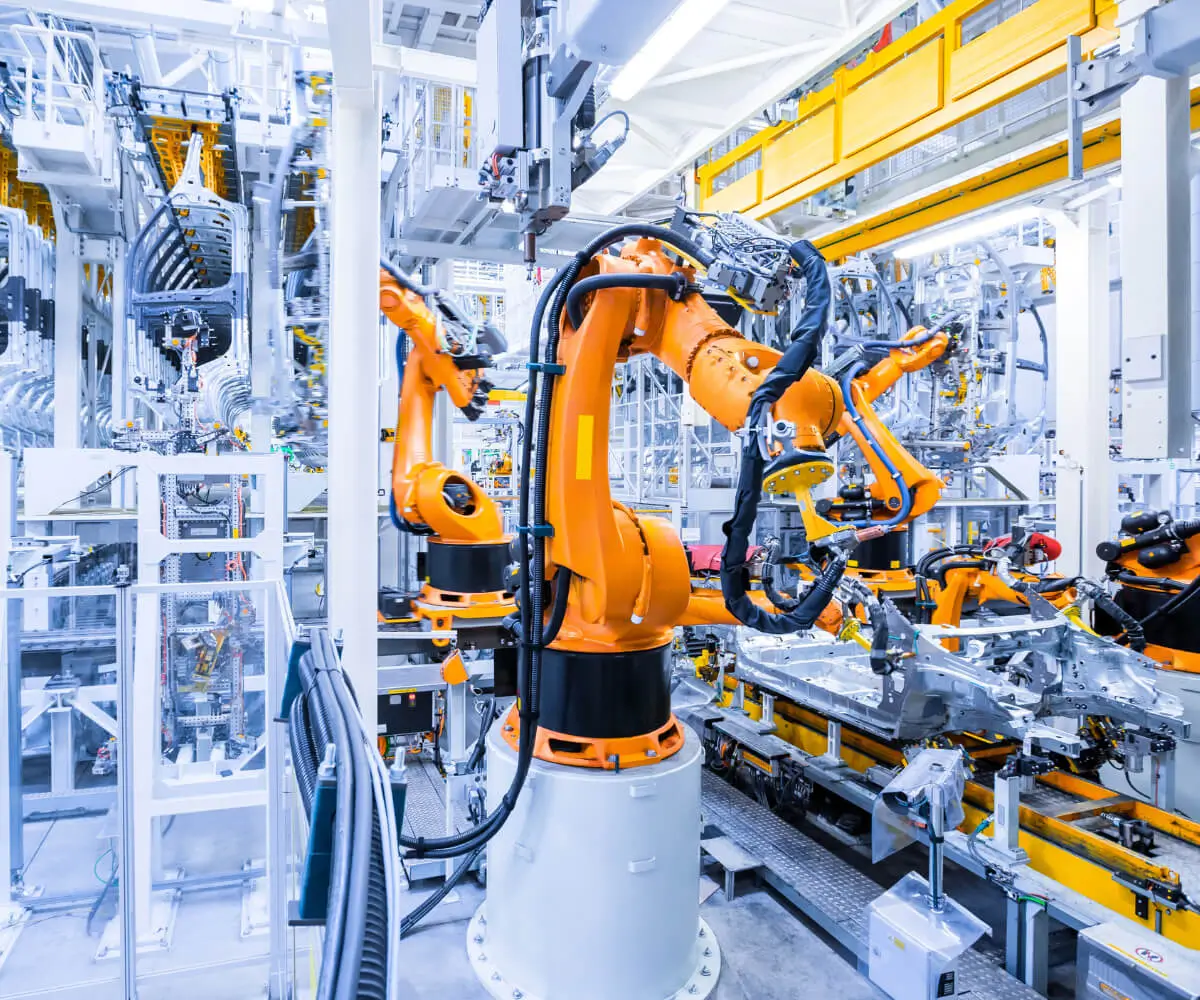Unlocking the Secrets of Choosing the Right Servo Motor: Your Ultimate Guide
Embarking on a project that involves robotics, CNC machinery, or automation systems? One of the most pivotal components you'll need to select is the servo motor. It’s the heart of precise motion control, offering accuracy, power, and speed—if you pick the right one. But with a labyrinth of options, how do you determine which servo motor aligns perfectly with your needs?

Let’s dive into the fundamentals, breaking down the core concepts that will serve as your compass in this decision-making journey.
Understanding the Basics: What Is a Servo Motor?
At its core, a servo motor is a rotary actuator that allows for precise control of angular position, velocity, and acceleration. Unlike regular motors that just spin continuously, servo motors are equipped with built-in feedback systems—usually encoders—that constantly inform the controller about the shaft position. This feedback enables the system to make real-time adjustments, ensuring high accuracy and repeatability.
Types of Servo Motors
Servo motors come in multiple varieties, mainly classified as:
DC Servo Motors: Known for high torque at low speeds and straightforward control. They’re often used where simplicity and compactness matter.
AC Servo Motors: Built for industrial environments, they offer high reliability, efficiency, and longer lifespan, suitable for demanding applications.
Brushless Servo Motors (BLDC): These motors eliminate brushes, reducing maintenance and increasing efficiency. They’re widely favored in robotics and automation.
Coreless and Core-packed Servo Motors: Designs tailored for specific applications, providing different balances of speed, torque, and precision.
Understanding which type suits your project depends on several factors, which we'll explore further.
Key Criteria for Servo Motor Selection
Choosing a servo motor isn’t just about picking the most powerful or the most expensive one. It’s about tailoring performance characteristics to your specific requirements. The main parameters to consider include:
Torque Requirements Torque is the force that causes rotation. Evaluate the load your system must move or hold, considering static and dynamic conditions. Remember, the motor's stall torque must be higher than your maximum load torque to prevent overloads.
Speed Range What is the maximum speed your application demands? Some motors excel at high speeds but struggle with torque, whereas others provide excellent torque at lower speeds. Accurate speed requirements help narrow down options.
Positioning Accuracy and Repeatability In precision tasks like CNC machining or robotics, the motor’s ability to reach, hold, and repeat positions within tight tolerances is critical. Look for motors with high-resolution encoders and minimal backlash.
Power Supply Compatibility Ensure the motor's voltage and current specifications match your power system. Mismatched power supply can lead to inefficiency or damage.
Size and Weight Constraints Space limitations or weight-sensitive applications, like drones or portable machinery, demand compact and lightweight motors.
Operational Environment Consider temperature ranges, exposure to dust, moisture, or chemicals. Selecting a motor with appropriate IP (Ingress Protection) ratings can extend lifespan in hostile environments.
Control Methods and Compatibility Match your motor with a driver or controller compatible with your control architecture, whether analog voltage, PWM, or digital protocols like EtherCAT or CANopen.
This layered understanding creates a foundation for making an intelligent choice. But beyond these primary factors, there are subtler aspects—like efficiency, cooling methods, and maintenance needs—that can influence your selection.
How Specifications Speak to Performance: Breaking Down Key Parameters
Let's turn to the detailed specifications often listed in datasheets, transforming technical jargon into practical insights:
Stall Torque: The maximum torque the motor can generate without moving. It’s critical to ensure your system's starting or holding torque is within this limit.
Continuous Torque: The torque the motor can sustain indefinitely without overheating. Ensuring that your operation stays within this boundary guarantees longevity.
Rated Speed: The speed at which the motor produces its rated torque — often given in RPM (revolutions per minute). Knowing this helps determine if the motor will meet your cycle time needs.
Motor Voltage and Current: Confirm that your power source can provide the required voltage and current without overloading.
Encoder Resolution: Expressed in pulses per revolution (PPR), it defines how finely you can control and measure position. Higher resolution equates to greater precision.
Efficiency: Higher efficiency reduces power wastage, heat generation, and operational costs—suitable for continuous or demanding operations.
Matching Load Characteristics with Motor Capabilities
Not all loads are created equal. Some experiences sudden jerks, others require constant holding force. For example, a robotic arm moving large payloads requires high torque at low speeds, whereas a conveyor belt might prioritize steady high-speed operation.
Understanding your application’s load profile is crucial. Use load torque curves and duty cycle data to determine whether a standard servo motor suffices or if you need a more robust or specialized version.
The Role of Gearboxes
Sometimes, your ideal motor might not deliver the required torque or speed directly. Here, gearboxes come into play. Choosing the right gear ratio can amplify torque or reduce speed, effectively tailoring the motor's output to your needs. But gearboxes introduce trade-offs—like increased maintenance points and potential backlash—so consider whether direct-drive options are preferable.
Final Thoughts Before Making a Decision
By now, you’re starting to see how selecting a servo motor resembles assembling a puzzle—you need to fit together power, precision, size, environment, and control. The key lies in thoroughly understanding your application's demands and matching those to a motor’s specifications.
In the next part of this guide, we’ll venture into more advanced topics such as motor control strategies, emerging technologies, and practical tips for evaluating vendors and prototypes. Taking these insights will arm you with the confidence to make a well-informed decision—transforming complex specifications into clear, actionable choices.
Shall I proceed with the second part?
Leveraging innovations in modular drive technology, Kpower integrates high-performance motors, precision reducers, and multi-protocol control systems to provide efficient and customized smart drive system solutions.




































